
Chronicles of the First Crusade
10961099
Edited and with an Introduction by Christopher Tyerman
PENGUIN BOOKS
PENGUIN CLASSICS
Published by the Penguin Group
Penguin Books Ltd, 80 Strand, London WC2R 0RL , England
Penguin Group (USA) Inc., 375 Hudson Street, New York, New York 10014, USA
Penguin Group (Canada), 90 Eglinton Avenue East, Suite 700, Toronto, Ontario, Canada M4P 2Y3
(a division of Pearson Penguin Canada Inc.)
Penguin Ireland, 25 St Stephens Green, Dublin 2, Ireland (a division of Penguin Books Ltd)
Penguin Group (Australia), 250 Camberwell Road, Camberwell, Victoria 3124, Australia
(a division of Pearson Australia Group Pty Ltd)
Penguin Books India Pvt Ltd, 11 Community Centre, Panchsheel Park, New Delhi 110 017, India
Penguin Group (NZ), 67 Apollo Drive, Rosedale, Auckland 0632, New Zealand
(a division of Pearson New Zealand Ltd)
Penguin Books (South Africa) (Pty) Ltd, 24 Sturdee Avenue, Rosebank, Johannesburg 2196, South Africa
Penguin Books Ltd, Registered Offices: 80 Strand, London WC2R 0RL , England
www.penguin.com
This edition first published by The Folio Society Ltd 2004
First published in Penguin Classics 2012
Selection, foreword, introduction and editorial matter copyright The Folio Society Ltd, 2004
Maps by Reginald Piggot
All rights reserved
The moral right of the author of editorial matter has been asserted
Except in the United States of America, this book is sold subject to the condition that it shall not, by way of trade or otherwise, be lent, re-sold, hired out, or otherwise circulated without the publishers prior consent in any form of binding or cover other than that in which it is published and without a similar condition including this condition being imposed on the subsequent purchaser
ISBN: 978-0-14-197087-5
PENGUIN  CLASSICS
CLASSICS
CHRONICLES OF THE FIRST CRUSADE
CHRISTOPHER TYERMAN is a Fellow and Tutor in History at Hertford College, Oxford, and Lecturer in Medieval History at New College, Oxford. He has written extensively on the crusades, most recently Gods War: A New History of the Crusades (2006) and The Debate on the Crusades (2011).
Foreword
The eighteenth-century Scottish philosopher and historian David Hume regarded the crusades as the most signal and most durable monument of human folly that has yet appeared in any age or nation. He also conceded that they engrossed the attention of Europe and have ever since engaged the curiosity of mankind. These two themes of judgement and fascination have supplied the strands for the cultural rope that binds these medieval holy wars to modern interest. Hume was right. Since 1095, when Pope Urban II answered the call for help from the Byzantine emperor Alexius I Comnenus by summoning a vast army to fight in the name of God to recover the Holy City of Jerusalem and liberate eastern Christianity, there has never been a time when the consequences of this act have not gripped minds and imaginations, primarily in western society but increasingly, since the nineteenth century, among communities that have seen themselves as heirs of the victims of this form of religious violence. Throughout, the crusades have been configured to reflect later concerns and circumstances in a process that matches the protean quality of the phenomenon itself. Of all aspects of the European world in the so-called medieval period, the crusades enjoy the clearest recognition in modern times.
Of the drama and dislocation involved in crusading, there is no doubt. For more than four centuries from the end of the eleventh century, although with slackening intensity from the fourteenth, western Europeans, more used to lives circumscribed by the narrow geography of localities and regions, found themselves fighting under the banner of the Cross on battlefields as far apart as Lake Chud in western Russia and the Nile Delta, from Portugal to the Arabian deserts, in wars justified as holy against, among others, Syrians, Palestinians, Egyptians, Greeks, Slavs, Balts, Livs, Russians, Bosnians, Turks and Spaniards, Muslims both Sunni and Shiah, pagans and Christian enemies of the pope. The personalities and actions of figures such as Godfrey of Bouillon, Richard Cur de Lion, Saladin, Frederick Barbarossa or St Louis have haunted literature, myth and popular imagination ever since. The word crusade, although a non-medieval Franco-Spanish hybrid, has entered the Anglo-American language as a synonym for a good cause vigorously pursued, religious or secular. However floridly and misleadingly romantic, the image of mailed knights bearing crosses on their surcoats or banners, fighting for their faith under an alien sun, occupies a familiar niche in the faade of modern western perceptions of the past. Their story still moves.
In this lies a strong irony, for crusading has always lacked objective precision in definition, practice, perception or approval. Such startling intrusions into the customary procedures of western life inevitably elicited complex responses even when the activity became integrated into the devotional practices and assumptions of the western Church. By turns and at the same time, crusading has been understood by participants, contemporaries or later observers as warfare to defend a beleaguered faith; the ultimate expression of secular piety; a decisive ecclesiastical compromise with base secular habits; a defining commitment of the Church to accommodate the spiritual aspirations of the laity; the pinnacle of admired ambition for a ruling military lite; an agent as well as symbol of religious, cultural and ethnic identity, even superiority; a vehicle for personal self-aggrandisement, commercial expansion and political conquest; an expression of the authority of the papacy, and a means of imposing uniformity and order within Christendom as well as securing and extending its external frontiers; a manifestation of Christian love for fellow believers and of divine care for Gods people; an experiment in European colonialism; an example of recrudescent western racism; an excuse and incentive for religious persecution, ethnic cleansing and acts of barbarism; a noble cause; or, as Steven Runciman, the best-known crusade historian of the twentieth century, imperishably intoned: one long act of intolerance in the name of God, which is the sin against the Holy Ghost. While not all these views can necessarily be accommodated simultaneously, if at all, they indicate why their subject continues to intrigue.
Throughout its history, crusading, always a minority, if strikingly disruptive, activity among the Christian faithful of western Europe, had attracted criticism as well as enthusiasm, from those appalled at such overt embracing of physical, violent war as an act of spiritual penance, those who regarded the conduct of crusaders as beneath contempt, and those who distinguished between campaigns fought under the Cross for selfless or selfish political ends. Crusading was born in controversy, the struggle between supporters of the pope or the German emperor over the appropriate independence of the Church from lay influence. The direction of the special privileges associated with the initial expedition to Jerusalem of 10969 (remission of the penalties of sin, Church protection of property and family, immunity from litigation and debt reclamation, etc.) to other conflicts, against the Muslim rulers in Spain, the pagans of the Baltic, religious heretics or Christian enemies of popes, widened the scope for both commitment and criticism. The cries of many victims went largely unheard in the west: the Jews massacred by the First and Second Crusaders in the Rhineland in 1096 and 11467 or butchered by the triumphant Christian army in the streets of Jerusalem in July 1099; or the Muslims who shared that fate not just in Jerusalem in 1099 but in countless cities, towns, villages and forts across the Near East. Warfare, however dressed up in moral or religious terms, brutalises, kills and maims victors and vanquished. Christian, Muslim or Jewish polemic, alike in articulate passion, rarely impinged on each other. In Christendom the blunt certainty of the
Next page
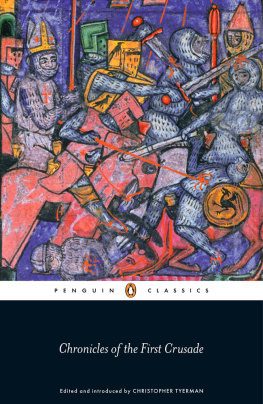

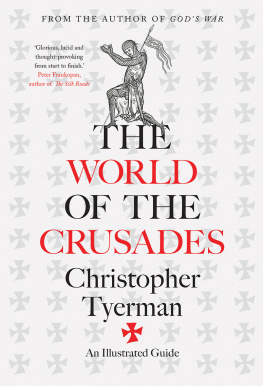
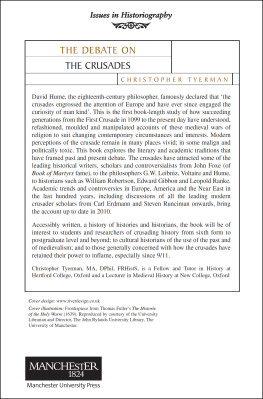
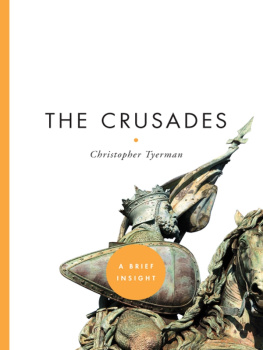
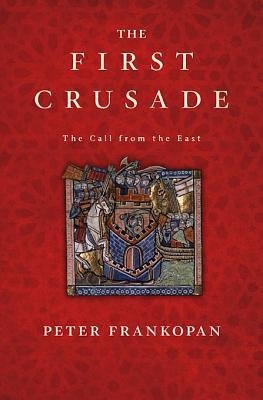
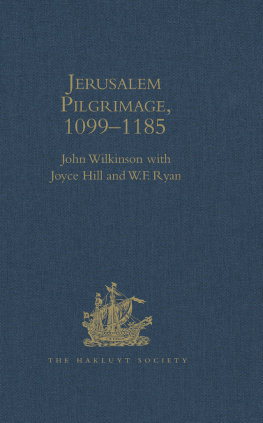

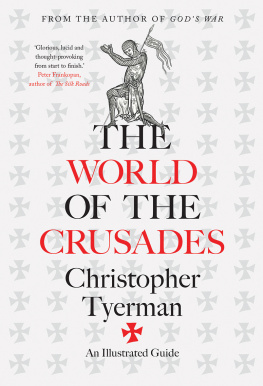
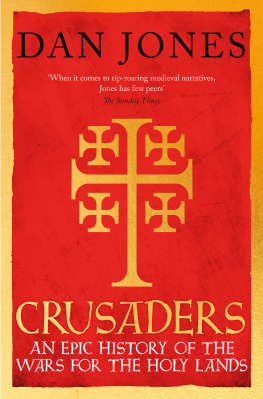
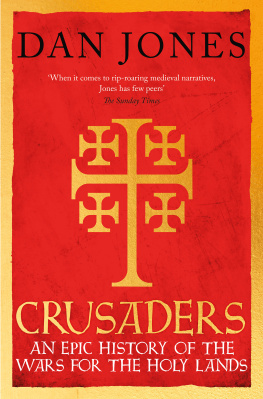

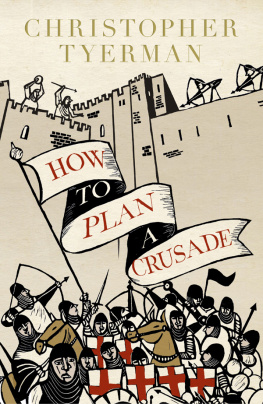

 CLASSICS
CLASSICS